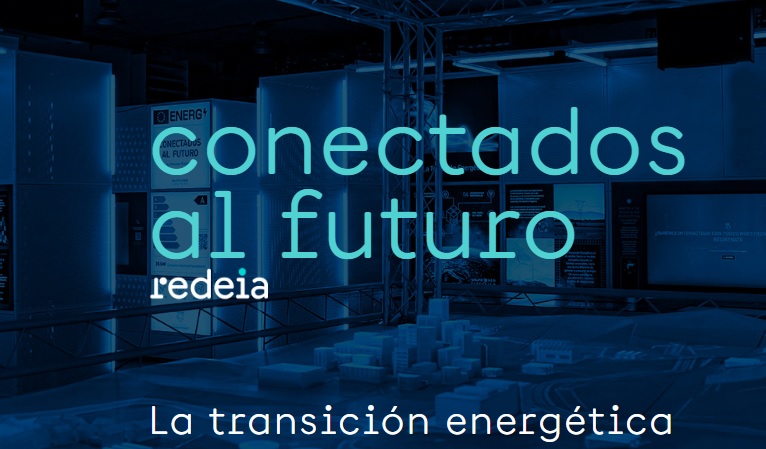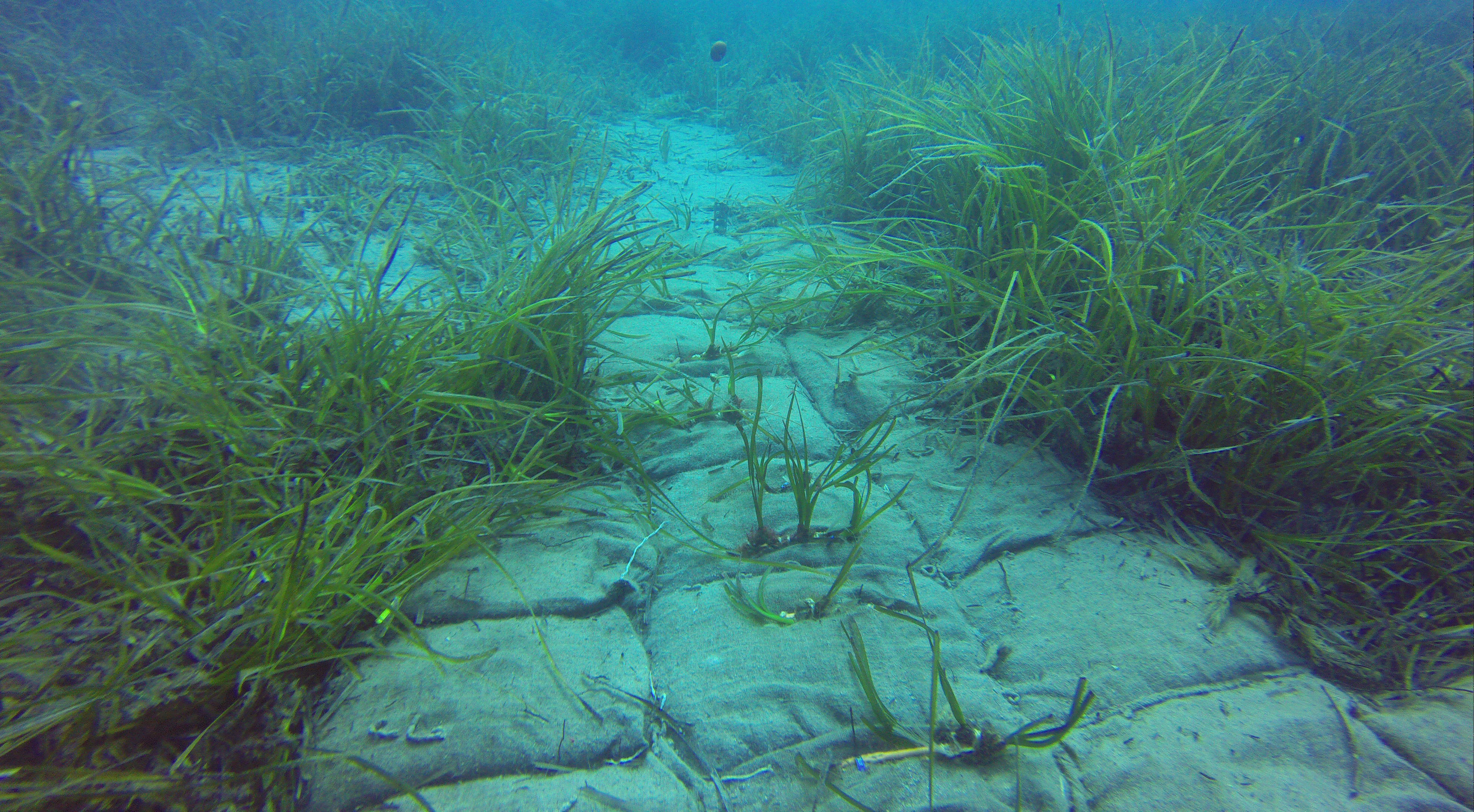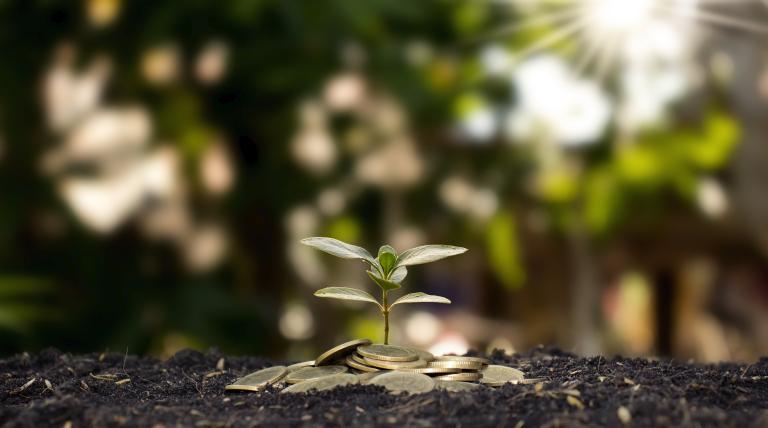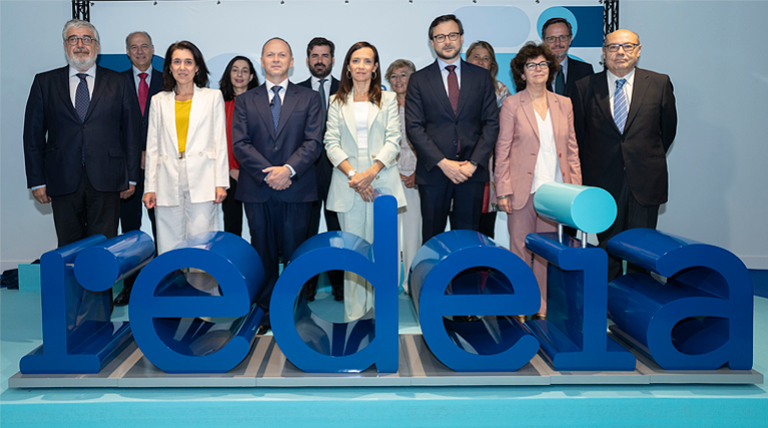We are a global operator of essential infrastructure
Red Eléctrica de España and the Mediterranean Institute for Advanced Studies (IMEDEA, CSIC-UIB) have presented the results of the R&D+i project for the active restoration of Posidonia oceanica in the Bay of Santa Ponsa, in Majorca, and in the Bay of Talamanca, in Ibiza; these bays are the submarine cable landing points for the electricity interconnection between Ibiza and Majorca.
With the aim of conserving and improving the meadows of Posidonia oceanica seagrass, a species of high ecological value for marine ecosystems in the Mediterranean, Red Eléctrica has contributed €409,000 for the undertaking of a study on innovative research technique aimed at obtaining a methodology for the cultivation, planting and non-invasive collection of seeds and fragments of Posidonia for its subsequent use in the recovery of degraded areas.
The first part of the study, which began in 2014, consisted of the collection of fragments and seeds, obtained after marine storms or that have been washed up on the coast, their cultivation under laboratory conditions at the Interpretation Centre of the Maritime-Terrestrial Natural Park of Cabrera and in nursery trays submerged on the coast of Formentera, and their subsequent planting in the two locations: the Bay of Santa Ponsa and the Bay of Talamanca.
Between 2015 and 2016, 468 seagrass plants obtained from fragments and 450 obtained from seeds were planted in the Bay of Santa Ponsa. In the case of the Bay of Talamanca, 240 seagrass plants obtained from fragments were planted.
The results of the project, a year after planting, have demonstrated a higher survival rate of the plants coming from fragments, with an overall rate of 60% in the Bay of Santa Ponsa and less than 40% in the Bay of Talamanca. Other conclusions obtained regarding higher survival rates are those associated to: planting the plants at greater depth; planting in a consolidated substrate (higher than 80%); use of anchorages that favour the plants taking root, and using plants that have undergone a cultivation stage between the time of their collection and planting.
From these conclusions, it is clear that future restorations in degraded Posidonia seagrass meadows are technically and economically viable. Following the results obtained, Red Eléctrica and CSIC-IMEDEA will draft a methodological guide that will be made available to the public as well as to the scientific community and environmental and social organisations, which will detail the characteristics of the restoration technique along with other data of interest related to materials or to the financial cost per square meter planted.
This study is associated to the submarine electricity interconnection projects that Red Eléctrica is carrying out in the Balearic Islands, which aim to strengthen the security of supply, allow the reduction of costs for the system and open the possibility of integrating developments regarding renewable energy, in addition to reducing CO2 emissions.
The results of the project showcase the compatibility of the submarine links with the Posidonia seagrass meadows and that, once the interconnection cables have been laid, these do not alter the environment. Furthermore, it also opens the possibility of accelerating the re-colonisation of seagrass meadows when necessary.
This environmental R&D+i project is part of Red Eléctrica's commitment to sustainability through its environmental strategies, the fight against climate change and the protection of biodiversity.
Press Office of Red Eléctrica publishes all written and audio-visual information via the Twitter account @RedElectricaREE.
Also on Facebook through the account RedElectricaREE.














